|
Story of the Saint Francis Dam Disaster
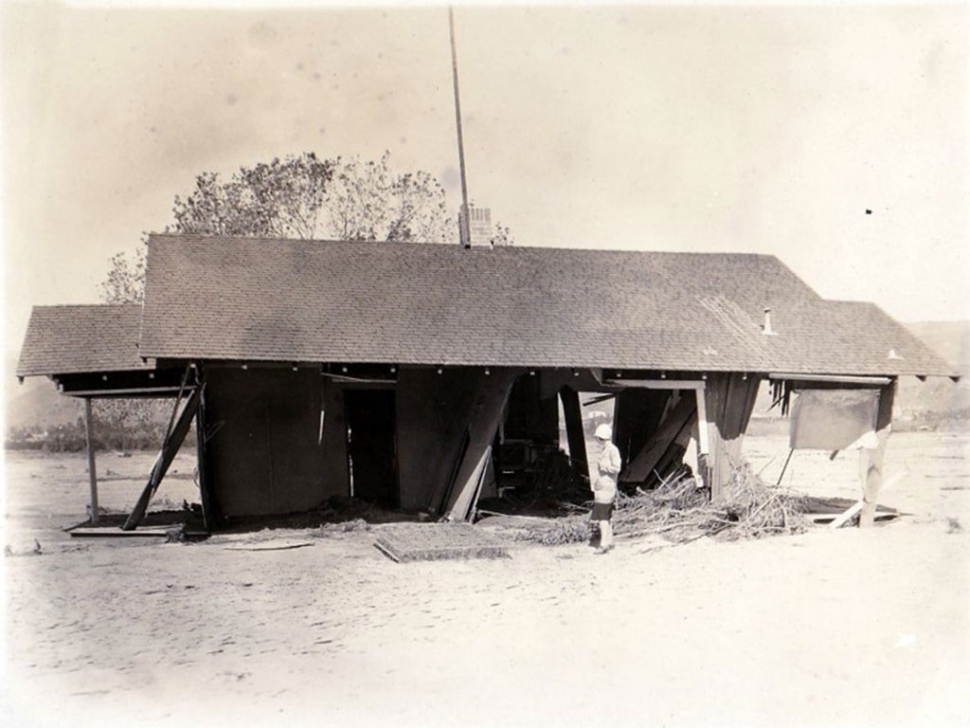 Basolo home in Bardsdale, after the flood. Photos courtesy Fillmore Historical Museum. By Anonymous — Wednesday, March 10th, 2021
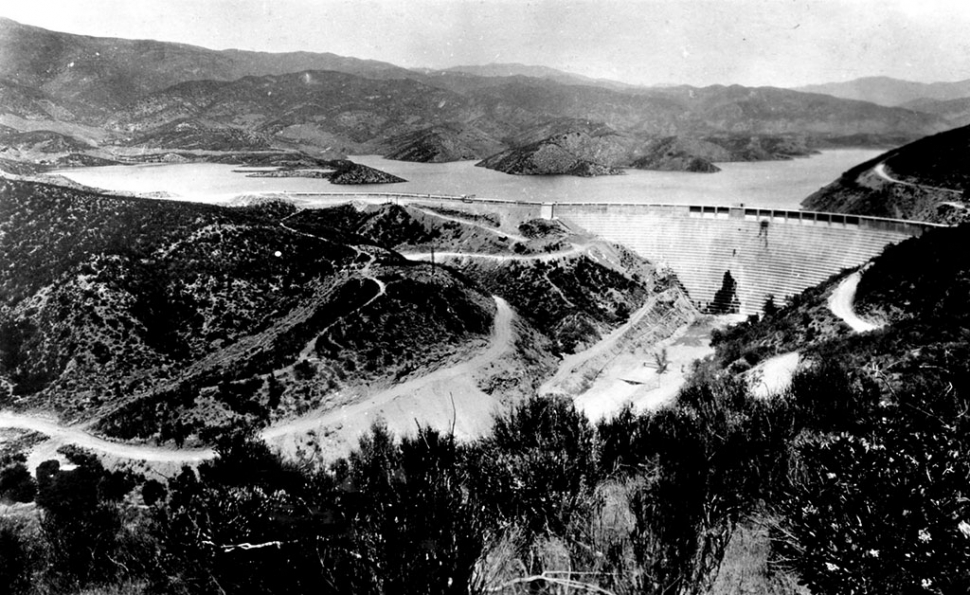 The St. Francis Dam in San Francisquito Canyon east of Castaic a few days before the collapse when it had just been filled to capacity. At three minutes to midnight on March 12th, 1928 the dam collapsed without warning causing a flood through the Santa Clara River Valley. 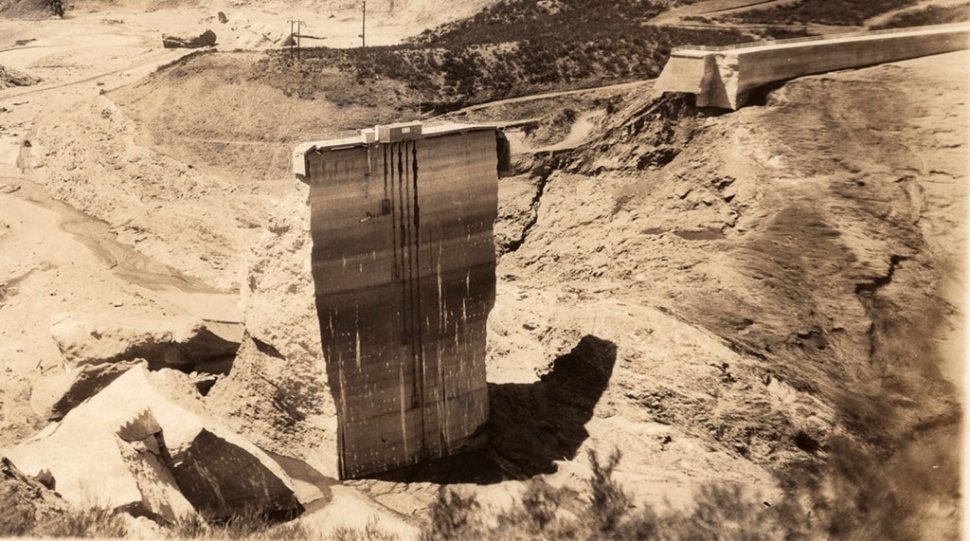 Pictured above is the “Tombstone” which is all that remained standing after the collapse in 1928. 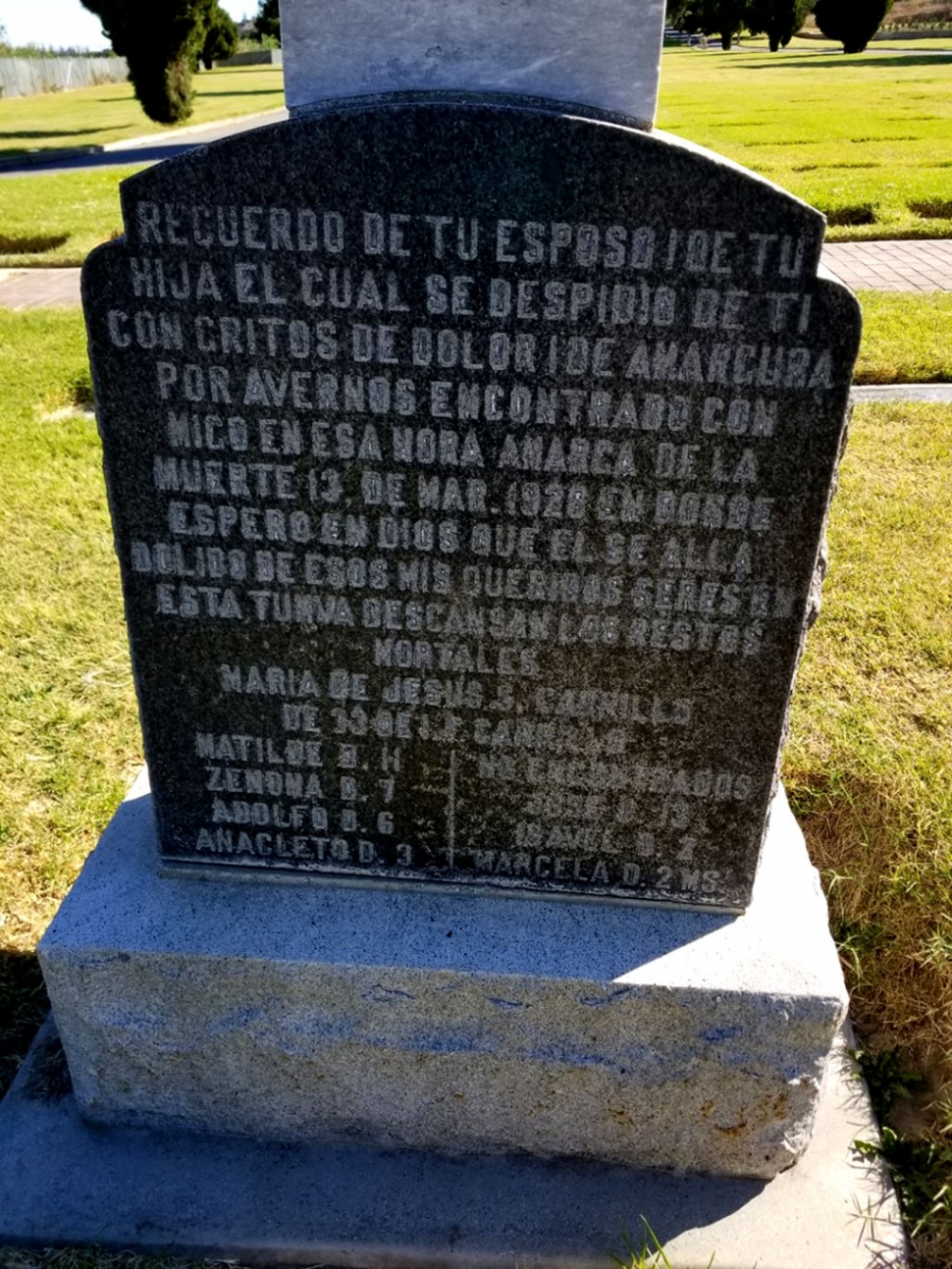 The Carrillo tombstone at Bardsdale Cemetery. 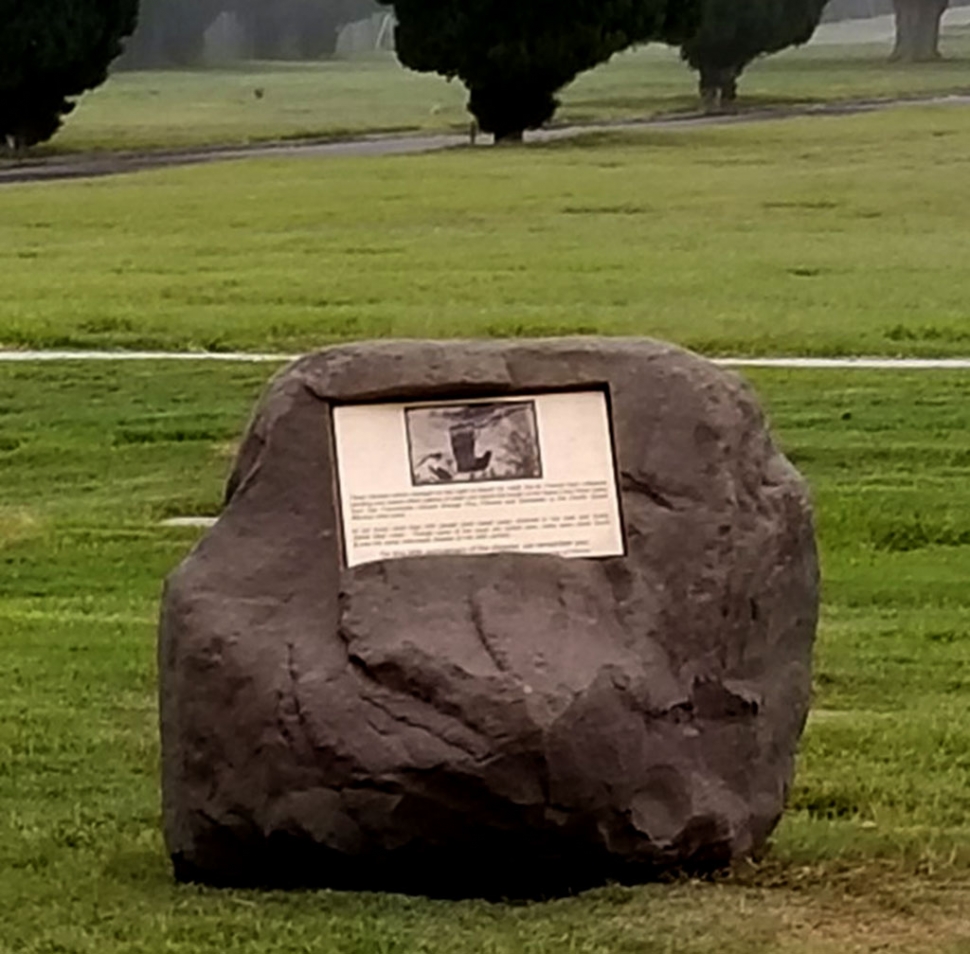 The Memorial Plaque which sits at Bardsdale Cemetery as a reminder to those who were lost in the flood. Courtesy Fillmore Historical Museum On the night of March 12th -13th, 1928, devastation swept down the Santa Clara River Valley. The St. Francis Dam in San Francisquito Canyon just east of Castaic had reached its full capacity of twelve billion gallons a few days before. It had been constructed by Los Angeles Water and Power under the direction of William Mulholland. Its purpose was to hold a year’s supply of water for the growing population of Los Angeles. At 3 minutes before midnight on March 12, 1928, the dam collapsed catastrophically and without warning. There is still some question on exactly why the dam collapsed. Mulholland was a self-taught engineer who had successfully constructed the Los Angeles Aqueduct and was L.A. City Engineer. In very simplified terms, it is now believed that the dam was sited on a Paleolithic land slide and that the pressure of the water caused the ground beneath the dam to give way. It is doubtful with the knowledge and instruments of the day, this could have been known at the time. A 140’ wall of water carried 1,000-ton blocks of concrete from the dam like rafts on a wave. Of the 75 families living in the canyon just beneath the dam, only a few individuals survived. The water continued down San Francisquito Creek to meet the Santa Clara River at Castaic. At Castaic Junction, where Hwy 5 crosses the east end of the Santa Clara Valley, the wall of water was 78’ in height. There was a construction camp there with 170 men asleep. With no warning, 164 men died. Edison company workers, camped at Kemp Station on the Ventura County line, were stringing electric line from Saugus to Saticoy. The flood was 40’ high when it arrived there. Of the 140 men in camp that night 84 died. The first the Rogers family in Piru knew of the disaster was when their home was adrift in the river. The father, Chester Rogers, gathered his family together on one bed, hoping to use it as a raft. As the battered house careened downstream, Mr. Rogers was knocked unconscious. When he recovered consciousness, he was alone in the torrent. He managed to drag himself to land over a half mile from where his home had stood. Some neighbors found him and took him into Piru. Later in the day rescue workers found the bodies of his mother-in-law and four children. His wife’s body was never found. It took about an hour before the first warning of the impending disaster was given to the telephone operator on duty in Ventura. The Ventura operator called the local telephone operators in Santa Paula and Fillmore and the sheriff’s office. Fillmore Chief, Earl Hume, got the call, dressed, mounted his motorcycle and set out to warn people living closest to the river. By the time Hume got close to the east limits of Fillmore it was too late. The flood had hit with a wave 40 feet high. Ethel Basolo, a Fillmore telephone operator living in Bardsdale, got the call to come to the telephone office in Fillmore to help get the word out to residents who had phone. She may have been the last person to cross the bridge before it was washed out. She left her extended family evacuating, not knowing how they would fare. Unfortunately, the car her brother-in-law, Georgie Basolo, was traveling in, was swept away and he was killed. Of the many tragic stories that occurred that night was that of the Carrillo family of Bardsdale. The father, Juan Carillo, had loaded his family in the car and headed north to Guiberson Rd. On the way he stopped to warn a neighbor. He turned to see the car with his family being washed awayin the roaring water. Only he and his daughter survived. Thelma McCauley was 14, sick with the measles, and living in lower Bardsdale with her family when the flood hit. They awakened to the sound and smell of the flood and the moving of the house. In their escape attempt, Thelma’s mother, father and brother went out the front door of the house and Thelma went out the back. Her family was swept away by the force of the debris filled water and drowned. She said that the family was taken by the water and caught by the tumbling of the house. Thelma also was swept away by the water and floated the 9 miles from Bardsdale to Santa Paula. She was found that afternoon in a pile of debris unable to move because of heavy tree limbs on her legs. The water continued to Santa Paula, taking more lives as it flowed to the ocean. The official total of fatalities at the time was 385; the total today is estimated to be 431. Many bodies were never identified. In 2018, a 90th anniversary observance was held in the Valley and a monument was dedicated in the memory of the victims and installed at Bardsdale Cemetery. In 2019, the dam was declared a National Memorial site. The St. Francis Dam National Memorial Foundation is raising funds for aninterpretive center. For more information on the disaster in our community, go to the Fillmore Historical Museum webpage, https://www.fillmorehistoricalmuseum.org/st-francis-dam-disaster. The Santa Clarita Historical Society has an extensive webpage with links to original source information, http://saintfrancisdam.com/. If you would like information on the St. Francis Dam National Memorial Foundation, it can be found at, https://stfrancisdammemorial.org/help-the-usfs-design-the-saint-francis-.... |
